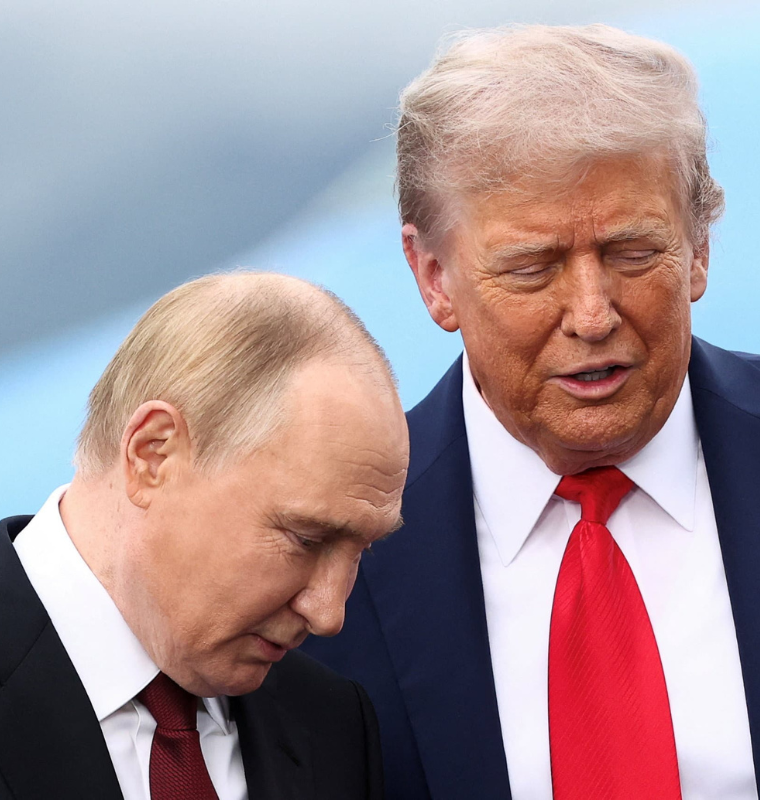Bank of Japan Keeps Interest Rates Steady in First Policy Meeting Under Prime Minister Sanae Takaichi
Bank of Japan Keeps Interest Rates Steady in First Policy Meeting Under Prime Minister Sanae Takaichi
By
Junia Wells
Last updated:
October 30, 2025
First Published:
October 30, 2025

Japan Holds Steady at 0.5% Amid Inflation Pressures
In its first policy meeting since Prime Minister Sanae Takaichi took office earlier this month, the Bank of Japan (BOJ) voted to maintain its benchmark interest rate at 0.5%, signaling a cautious stance toward tightening monetary policy despite persistent inflation.
The decision, made through a 7-2 split vote, saw board members Naoki Tamura and Hajime Takata advocate for a 25 basis-point hike to 0.75%, while the majority preferred to maintain the current rate. Inflation in Japan has now exceeded the BOJ’s 2% target for an unprecedented 41 consecutive months, fueled by rising import costs and global supply chain disruptions.
The move was widely expected by analysts surveyed by Reuters, as the central bank continues to balance domestic price stability with concerns over currency volatility and slowing exports.
Market Reaction and Economic Impact
Financial markets reacted calmly to the BOJ’s decision. The Japanese yen weakened slightly by 0.2% to 153.03 per U.S. dollar, while the 10-year government bond yield remained stable. The Nikkei 225 index, however, gained 0.4%, reflecting investor confidence in the short-term stability of Japan’s monetary policy.
Economists say the decision underscores the BOJ’s ongoing struggle to normalize interest rates without undermining Japan’s fragile recovery. Krishna Bhimavarapu, APAC Economist at State Street Investment Management, noted that the bank is likely to “move gradually over the next year” and may consider a rate hike “within the next two policy meetings” once global trade volatility stabilizes.
Political Shift and U.S. Pressure on the Yen
The decision comes amid a shifting political landscape in Tokyo. Prime Minister Sanae Takaichi, a longtime advocate of loose monetary policy and fiscal expansion, has inherited an economy grappling with a weak yen and sluggish export growth. Her administration has emphasized close coordination between fiscal and monetary authorities to sustain growth while containing inflation.
The yen’s prolonged weakness has drawn criticism from Washington. Earlier this week, U.S. Treasury Secretary Scott Bessent met with Finance Minister Satsuki Katayama, raising concerns about Japan’s monetary approach and its impact on global exchange rates.
In a subsequent statement, the U.S. Treasury Department emphasized the importance of “sound monetary policy formulation and communication to anchor inflation expectations and prevent excess exchange rate volatility.”
Higher interest rates typically strengthen a currency by attracting foreign investment, while prolonged low rates tend to weaken it—a dynamic that has fueled tensions between Tokyo and Washington.
Takaichi’s Balancing Act: Stimulus vs. Stability
Takaichi, a self-described disciple of Abenomics, continues to champion former Prime Minister Shinzo Abe’s economic philosophy of aggressive fiscal spending, structural reforms, and accommodative monetary policy.
Although she once dismissed BOJ rate hikes as “stupid,” her recent statements suggest a more moderate stance. “What’s most important is for the BOJ and the government to coordinate and communicate closely,” Takaichi said on October 21, signaling her intent to strike a balance between stimulus and stability.
Finance Minister Katayama, meanwhile, has said that the yen’s “real value” should range between 120 and 130 per dollar, far stronger than its current level near 152. However, analysts note that Takaichi’s policies are likely to further weaken the yen—a trend already evident in the so-called “Takaichi trade”, where investors have driven the Nikkei 225 to record highs while pushing the yen past 150 per dollar.
Trade Challenges and Outlook
The BOJ’s cautious decision also reflects Japan’s uncertain trade outlook. After four consecutive months of export contraction, shipments finally rebounded in September, though exports to the United States continue to decline. Weak external demand and a soft global economy have added pressure on Japan’s policymakers to sustain domestic momentum without stoking further currency depreciation.
As Japan enters a new political and economic phase under Takaichi, the BOJ’s steady stance underscores its priority of financial stability over rapid policy shifts. Yet with inflation stubbornly high and global monetary tightening continuing elsewhere, the central bank faces growing pressure to chart a clearer path forward.
For now, markets appear reassured—but the months ahead will test how long Japan can maintain this delicate equilibrium between growth, inflation control, and currency stability.
Popular articles
Subscribe to unlock premium content
The Business Behind Handcrafted Japanese Knives That Sell for Thousands

How Calm Turned Bedtime Stories Into a $1 Billion Wellness Empire

The Rise of AI Digital Pets as a Billion-Dollar Fantasy

The Business Behind Handcrafted Japanese Knives That Sell for Thousands

How Calm Turned Bedtime Stories Into a $1 Billion Wellness Empire

The Business Behind Handcrafted Japanese Knives That Sell for Thousands









